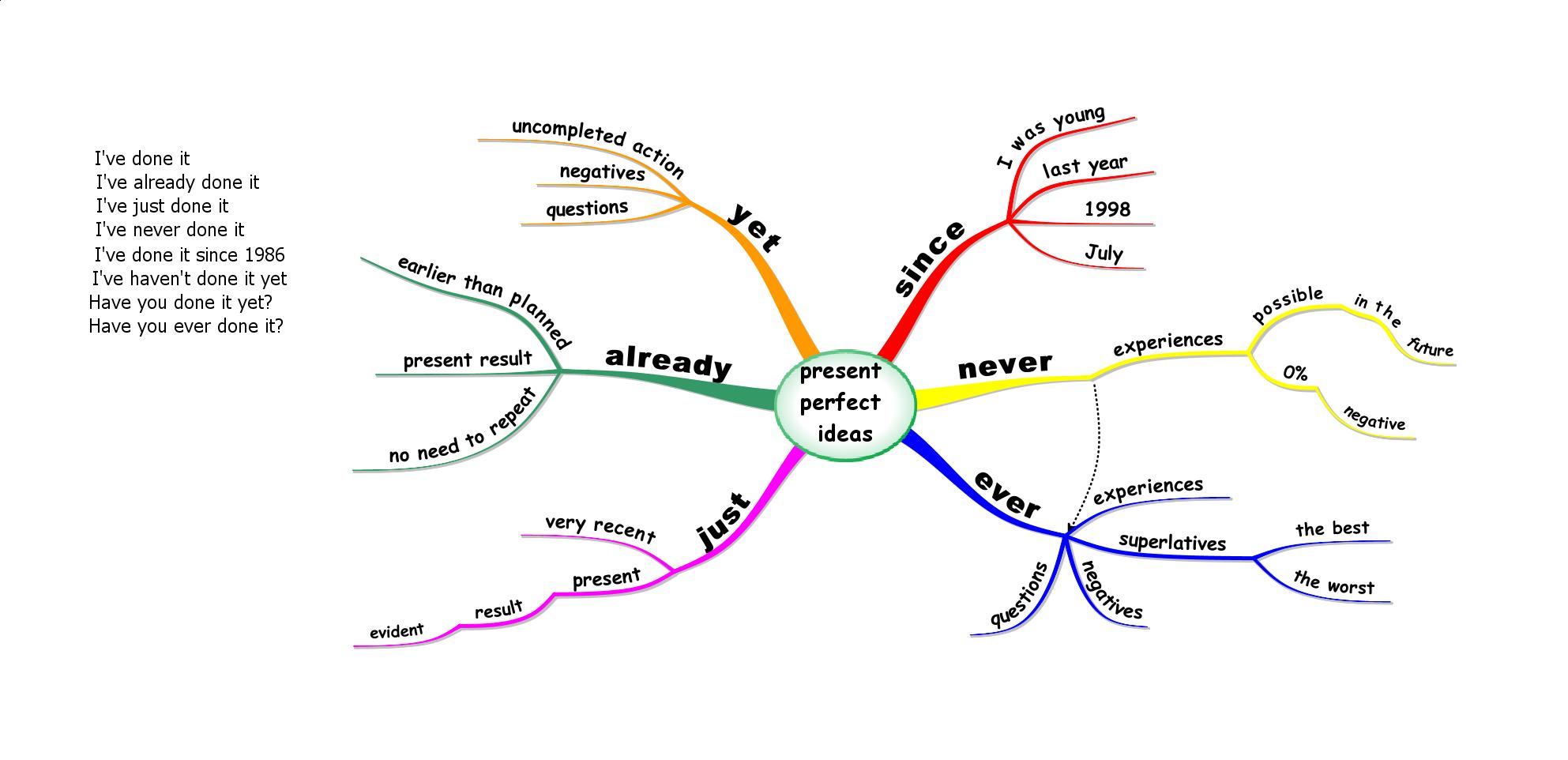Difference Between Past Simple and Present Perfect
Table of Contents
Past Simple vs Present Perfect
As present perfect and past simple are among the tenses in English that are confusing when it comes to application, we should understand the difference between past simple and present perfect clearly. The present perfect is used for actions that began in the past that have a connection to the present and the past simple is used for actions that have begun and ended in the past. The main difference between the two tenses is that while the present perfect has a connection to the present the past simple does not. This article attempts to clarify the usage of these two tenses while highlighting the differences between past simple and present perfect.
What is Present Perfect ?
We usually use the present perfect when referring to things that started in the past and have a connection to the present. The formation of the present perfect is given below.
Has/Have + the past participle of the verb
Let us try to understand this through a simple example.
I have lost my car key.
According to the example, the person had lost the key in the past and were unaware of when it happened and has not been able to find it yet. This means there is a connection to the present because the key is still lost. Another important factor to bear in mind is that we use the present perfect because we are uncertain of the exact time that an incident occurred. For example,
Someone has dropped a pen.
Again in this example, we are unaware of when the pen fell down. Also, since the pen is still on the floor, we use the present perfect as there is a connection to the present.

What is Past Simple?
The simple past tense is used for actions that started in the past and ended in the past as well. In the simple past, there is no connection to the present as in the present perfect. The formation of the present perfect is given below.
Verb + ed / irregular verb
Now, let us try to understand the usage of the past simple through an example.
I watched that movie yesterday.
According to the example, the speaker has completed the action of watching the movie in a specific time (yesterday). This is a special feature of the simple past tense as it specifically mentions the time unlike in the present perfect. It refers to something that happened in the past and the action has no connection to the present, hence the past simple has been used. Let us assume that the speaker said:
I have watched that movie many times.
In this case, the sentence is in the present perfect. Note how the time is not specified in this example. The present perfect does not give importance to the exact time in which an action occurred and suggests that the person might watch the movie again. This hints a connection to the present.
What is the difference between Past Simple and Present Perfect?
• The present perfect is used for actions that began in the past that have a connection to the present.
• In the present perfect, the time is generally unspecified.
• The past simple is used for actions that have been completed in the past.
• In the past simple, the time is specified.
• Unlike the present perfect, the past simple does not have a connection to the present.
ncG1vNJzZmivp6x7pbXFn5yrnZ6YsqOx07CcnqZemLyue8OinZ%2Bdopq7pLGMm5ytr5Wau268wKyrZquZor2tsYyapZ1lpqh6sb7ErJynrF2lsrOyxJyraA%3D%3D